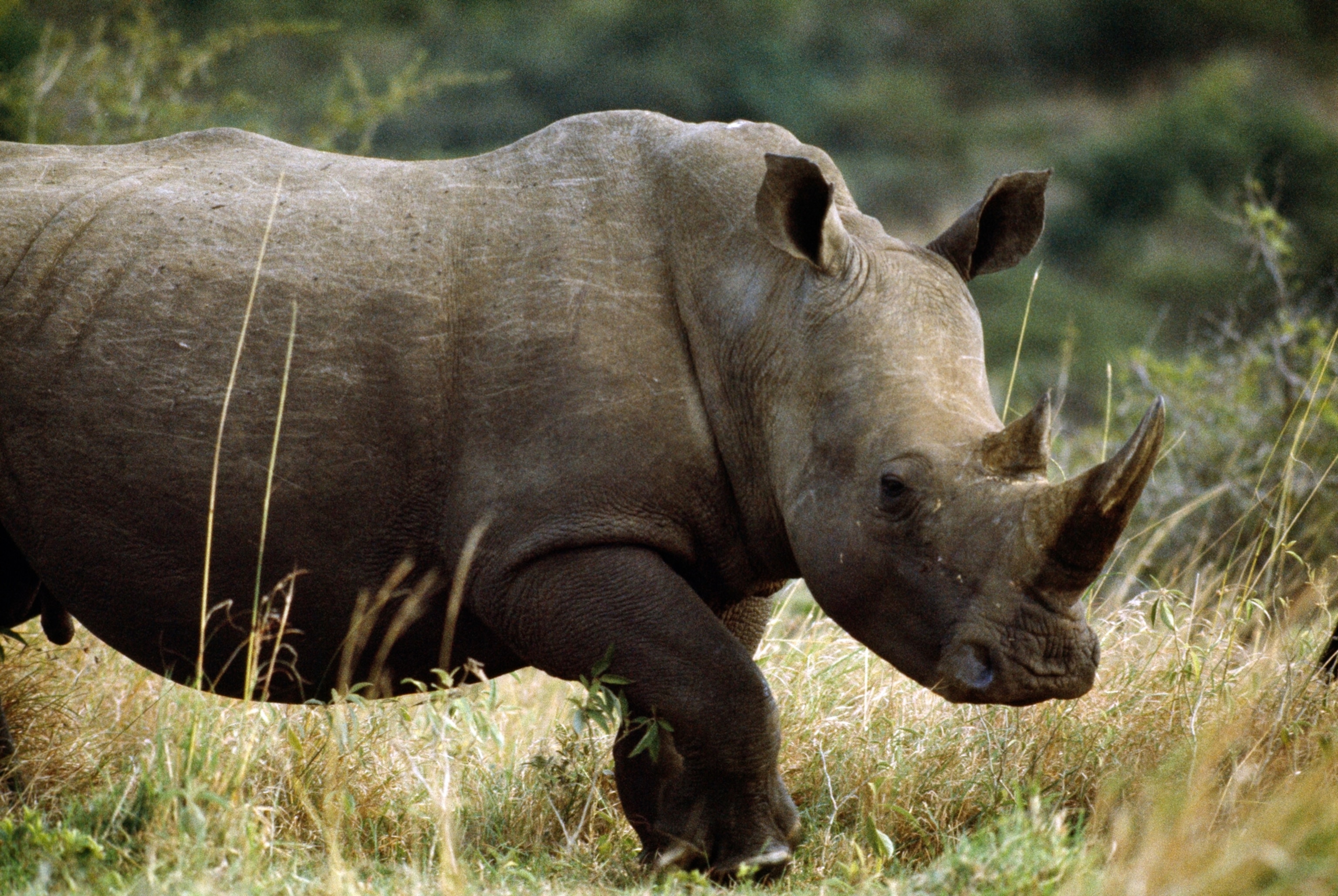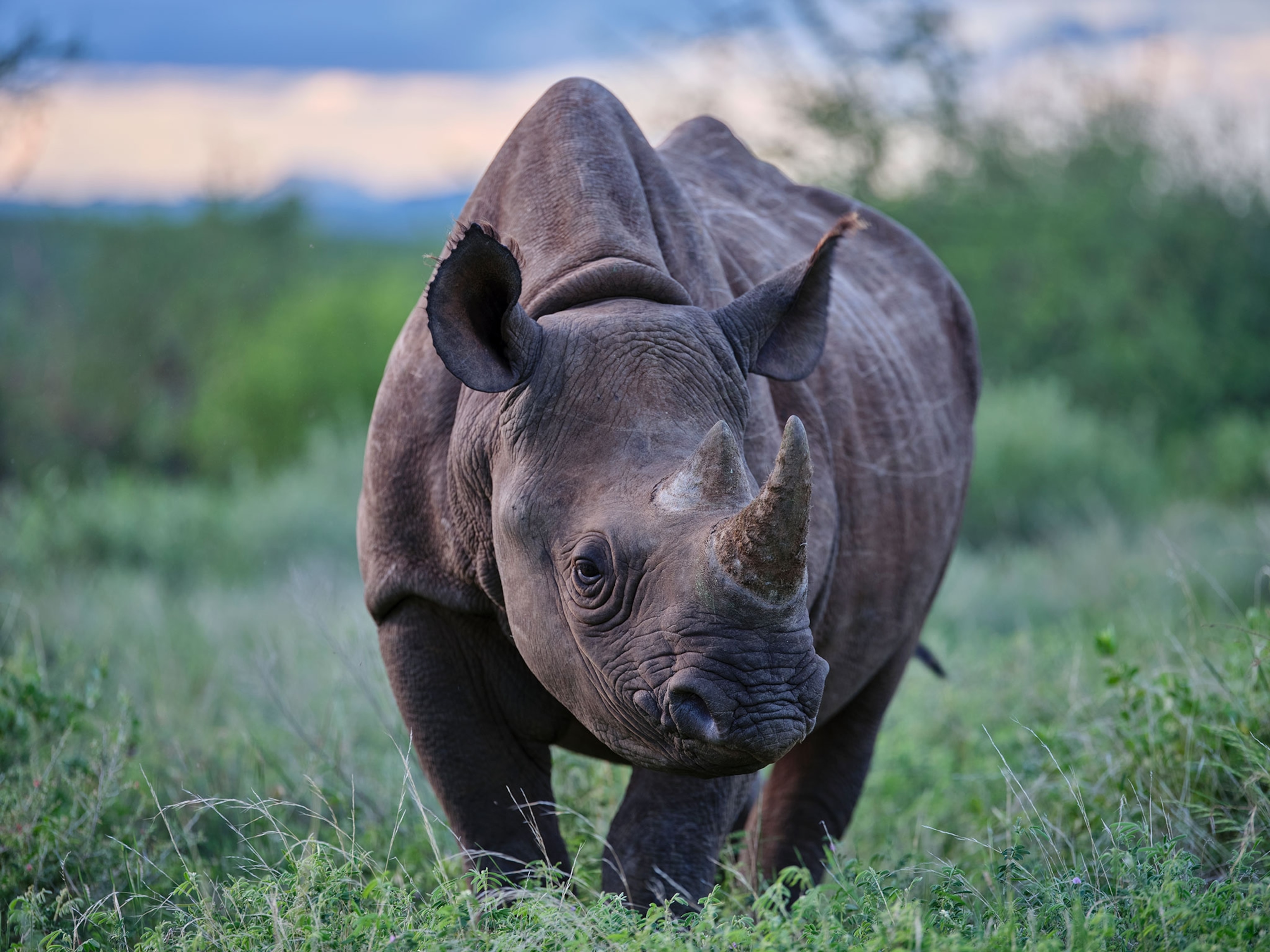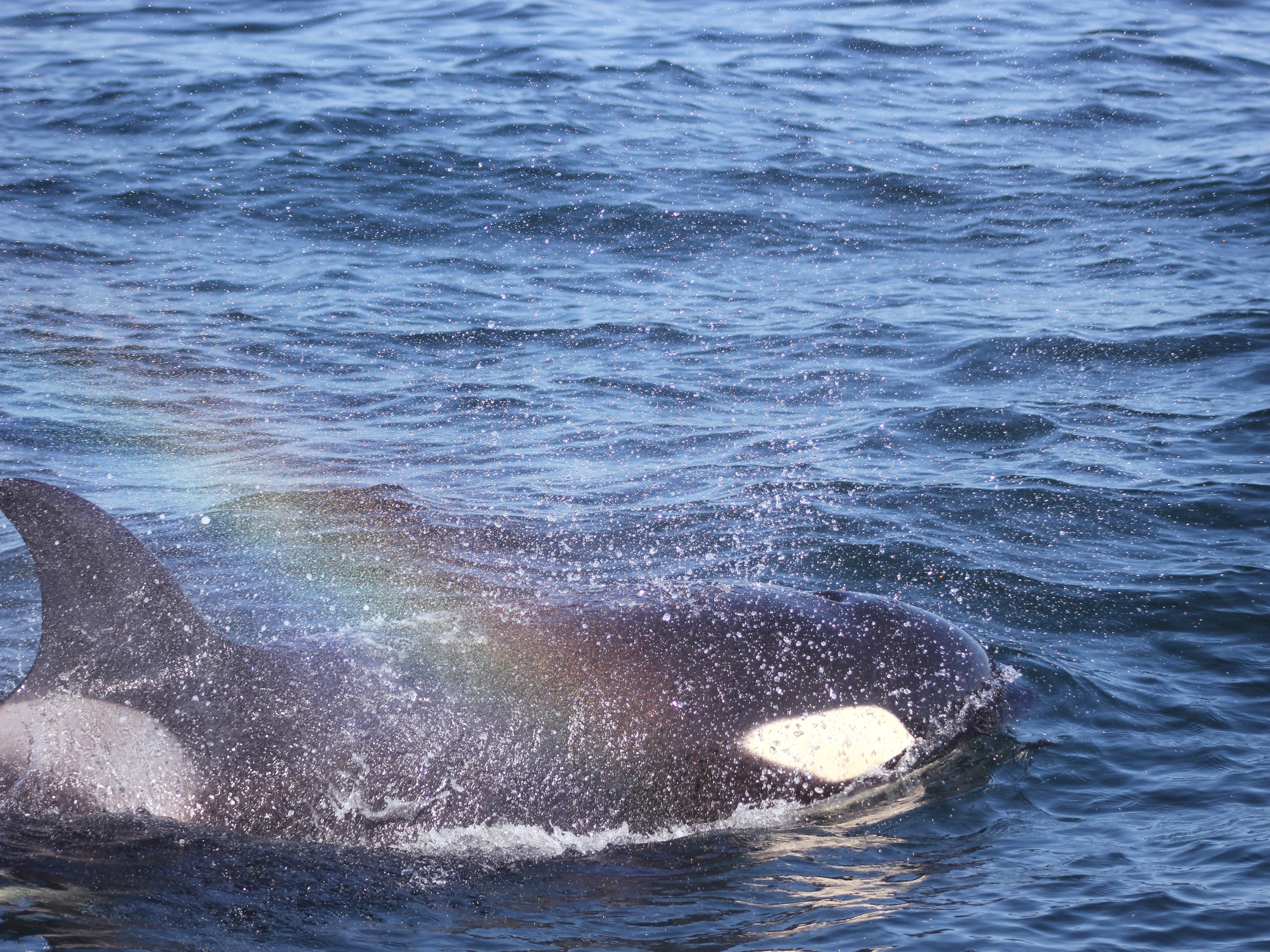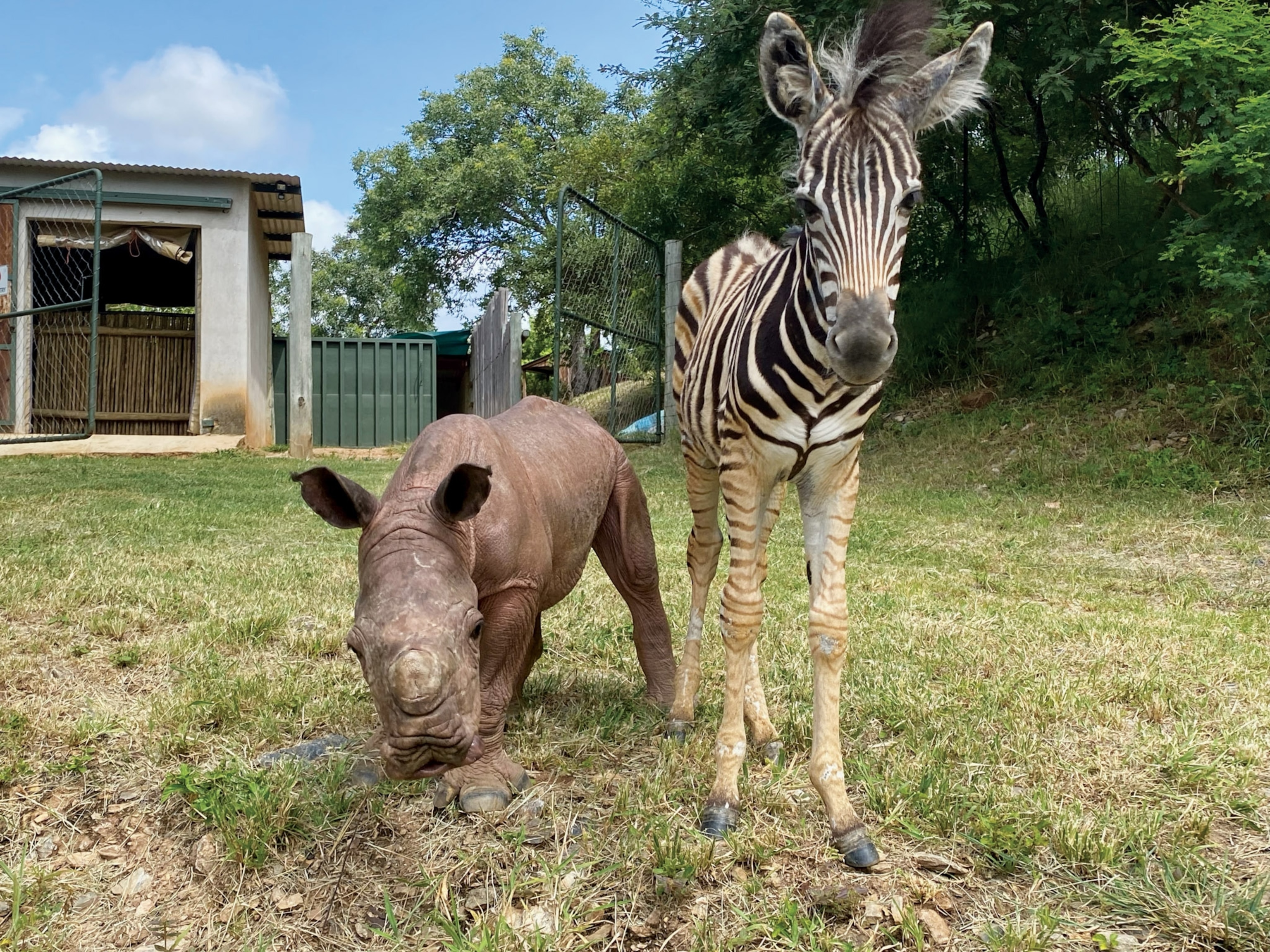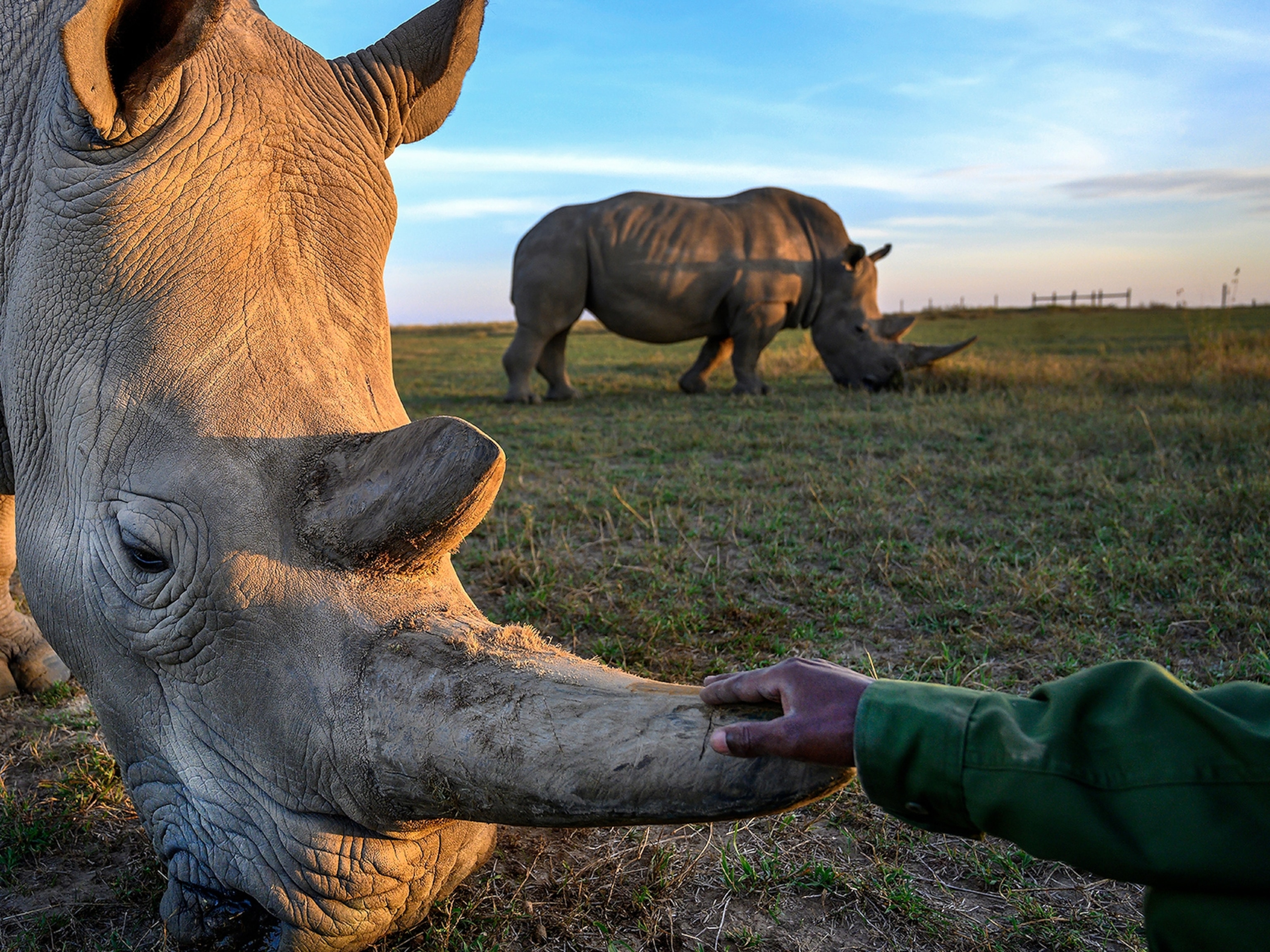The African southern white rhinoceros has stepped back from the precipice, reaching a population of 17,500—large enough and genetically diverse enough to survive. The turnaround is stunning. At the end of the 19th century this fearsome yet relatively placid grass-eater, which can grow to more than 5,000 pounds, was nearing extinction, a victim of indiscriminate hunting. Then in 1895 a remnant population of 40 or fewer rhinos was located. In a long-term project, South Africa set aside a game reserve, now Hluhluwe-Umfolozi Park, to nurture them.By the 1960s private landowners had also begun building white rhino herds so trophy hunters could take a shot at a few each year; the fee is currently about $40,000. Making rhino ranching profi table was key to saving the animals, says Michael Knight, head planner for national parks. Another species in South Africa, the aggressive black rhino, lives a solitary life that makes protecting it more of a challenge. Like other rhino species, it is clinging to survival.
This story appears in the January 2009 issue of National Geographic magazine.
